Mission type Satellite deployment SATCAT no. 15641 Period 1.6 hours Landing date 19 April 1985 Launch date 12 April 1985 | COSPAR ID 1985-028A Orbits completed 110 Apogee 452,000 m Dates 12 Apr 1985 – 19 Apr 1985 | |
 | ||
Mission duration 6 days, 23 hours, 55 minutes, 23 seconds Distance travelled 4,650,658 kilometres (2,889,785 mi) Members | ||
STS-51-D was the sixteenth flight of NASA's Space Shuttle program, and the fourth flight of Space Shuttle Discovery. The launch of STS-51-D from Kennedy Space Center (KSC), Florida, on April 12, 1985 was delayed by 55 minutes, after a boat strayed into the restricted Solid Rocket Booster (SRB) recovery zone. STS-51-D was the third shuttle mission to be extended.
Contents
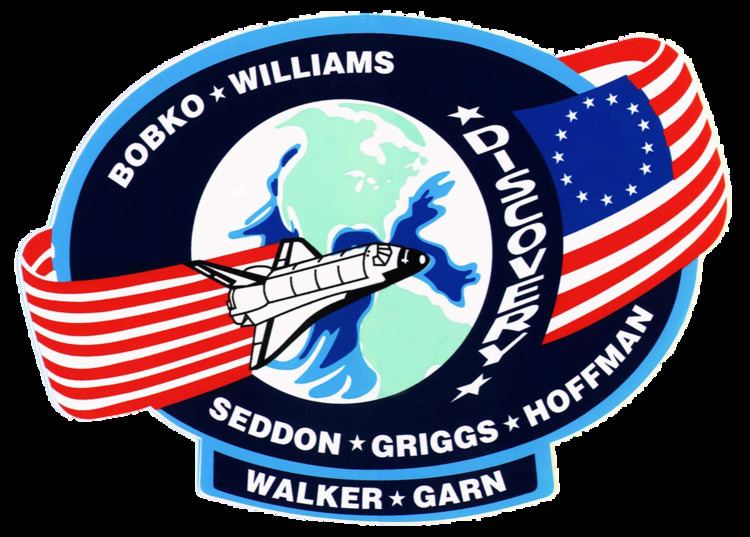
On April 19, after a week-long flight, Discovery conducted the fifth shuttle landing at KSC. The shuttle suffered extensive brake damage and a ruptured tire during landing. This forced all subsequent shuttle landings to be done at Edwards Air Force Base, California, until the development and implementation of nose wheel steering made landings at KSC more feasible.
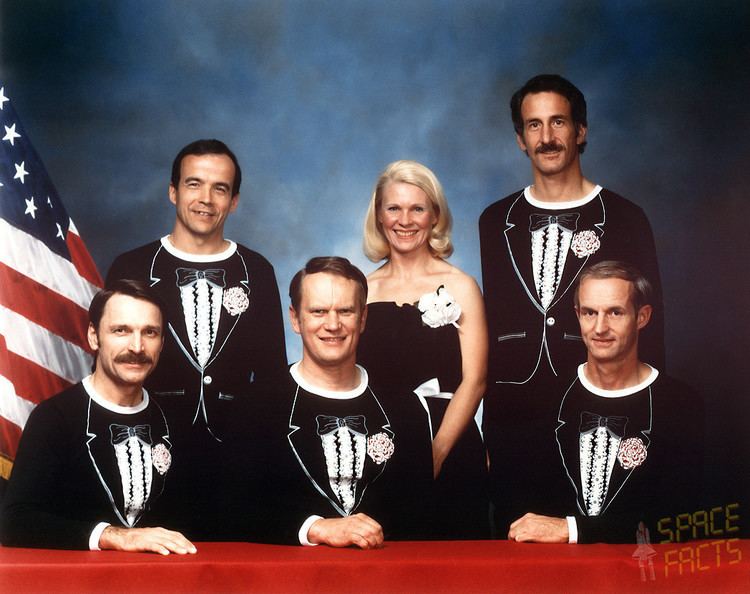
Spacewalk
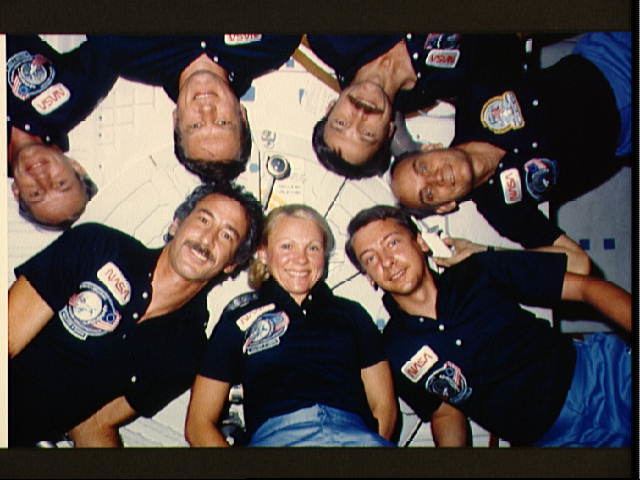
Mission summary
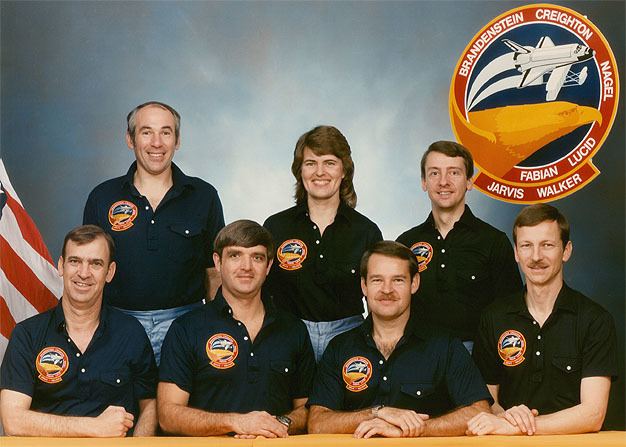
During STS-51-D, the shuttle crew deployed two communications satellites: Telesat-I (Anik C1) and Syncom IV-3 (also known as Leasat-3). Telesat-I was attached to a Payload Assist Module (PAM-D) motor and successfully deployed. Syncom IV-3, however, failed to initiate antenna deployment and spin-up, or ignite its perigee kick motor upon deployment. The mission was consequently extended by two days to ensure that the satellite's spacecraft sequencer start lever was in its proper position. Griggs and Hoffman performed an unscheduled EVA to attach homemade "Flyswatter" devices to the shuttle's Remote Manipulator System (RMS). Seddon then engaged the satellite's start lever using the RMS, but again the post-deployment sequence did not begin.
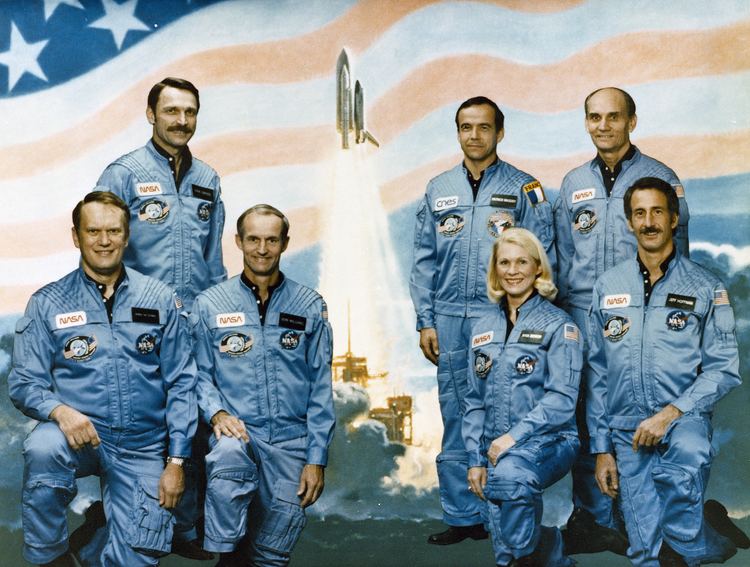
Discovery's other mission payloads included the Continuous Flow Electrophoresis System (CFES) III, which was flying for sixth time; two Shuttle Student Involvement Program (SSIP) experiments; the American Flight Echo-cardiograph (AFE); two Getaway Specials; a set of Phase Partitioning Experiments (PPE); an astronomical photography verification test; various medical experiments; and "Toys in Space," an informal study of the behavior of simple toys in a microgravity environment, with the results being made available to school students upon the shuttle's return.

During the shuttle's landing at KSC on April 19, 1985, extensive brake damage was suffered, and a landing gear tire ruptured. This prompted future shuttle flights to land at Edwards Air Force Base, California, until effective nose wheel steering could be implemented to reduce risks during landing.
Wake-up calls
NASA began a tradition of playing music to astronauts during the Gemini program, and first used music to wake up a flight crew during Apollo 15. Each track is specially chosen, often by the astronauts' families, and usually has a special meaning to an individual member of the crew, or is applicable to their daily activities.
